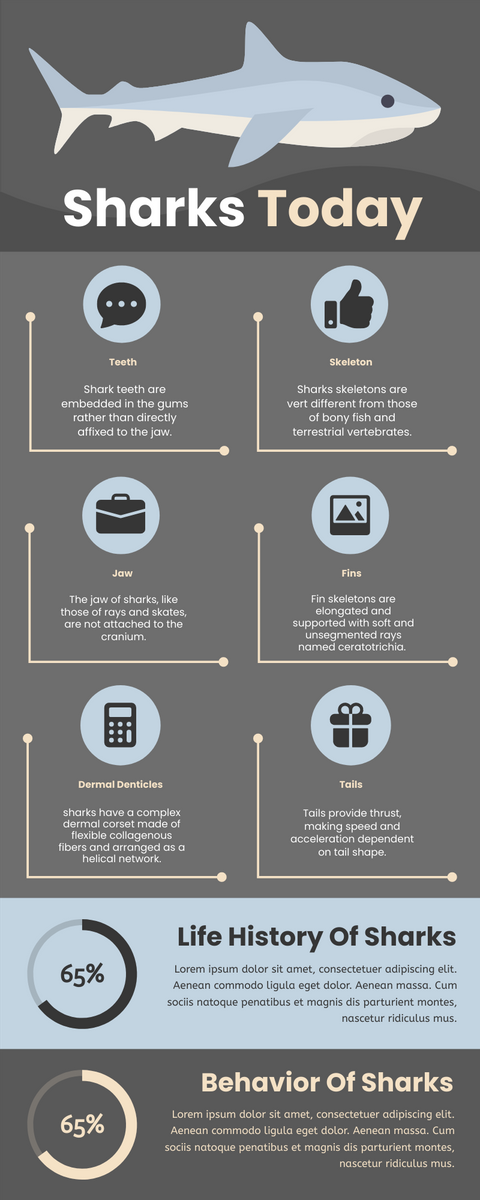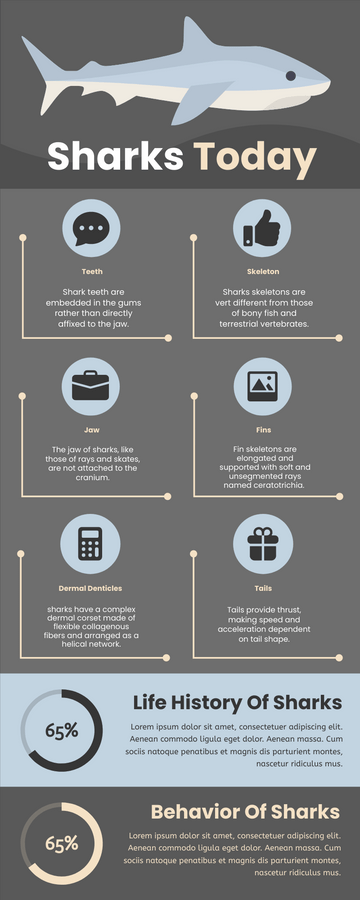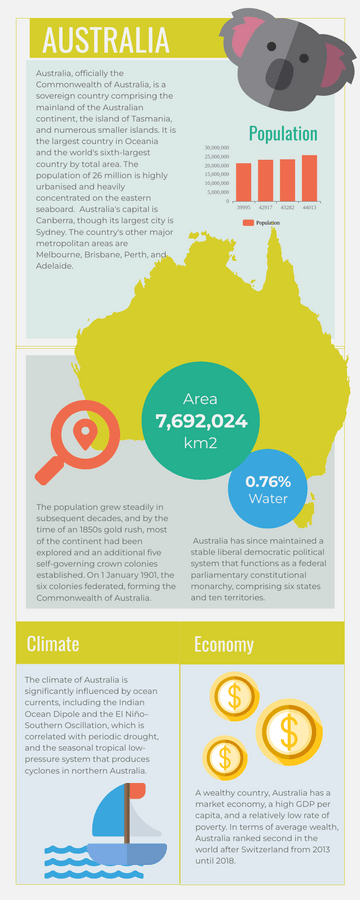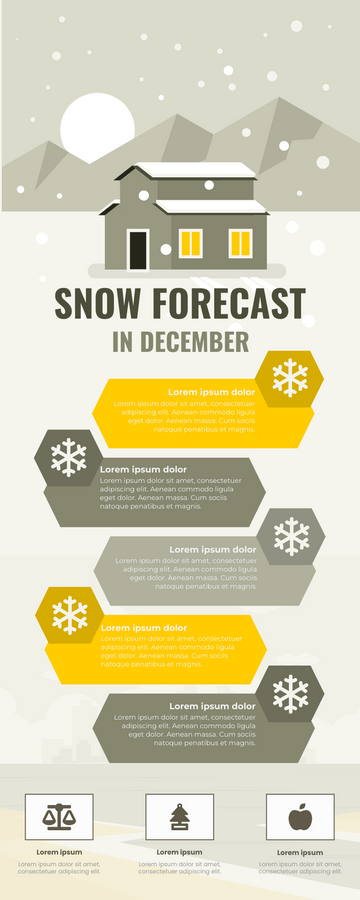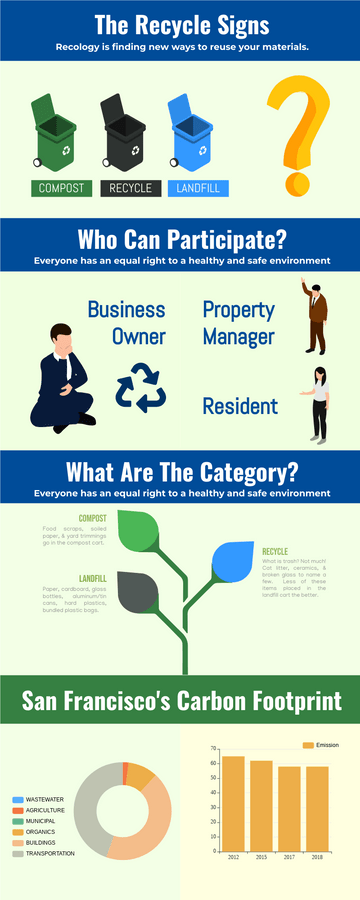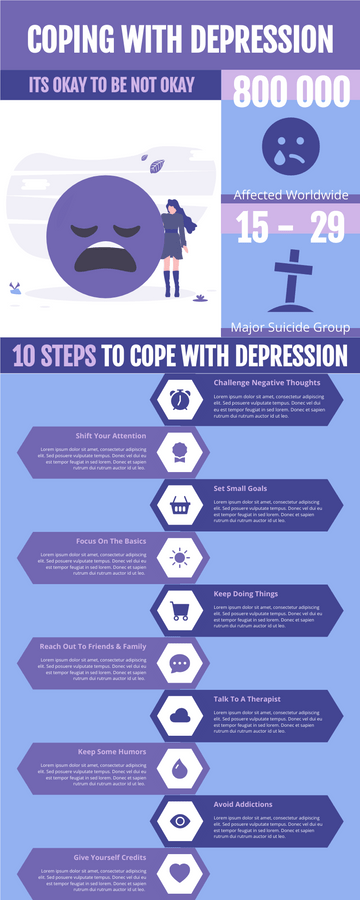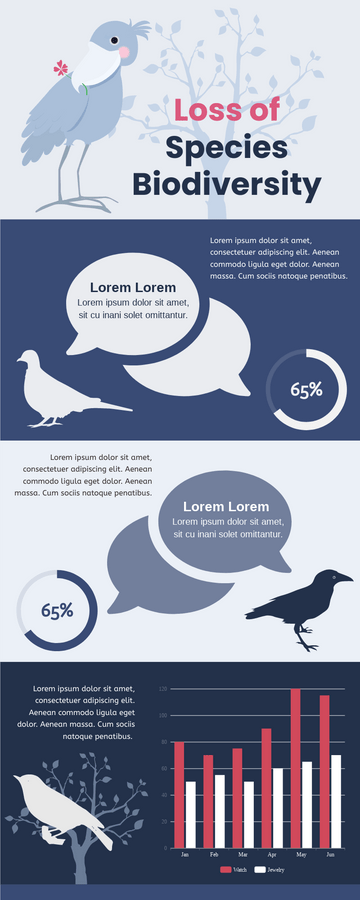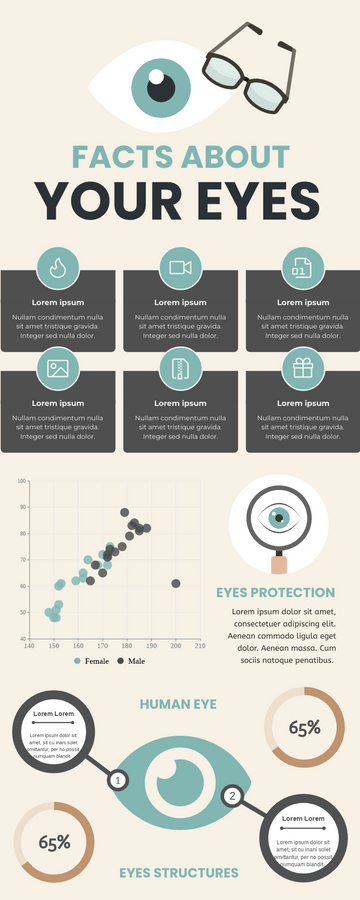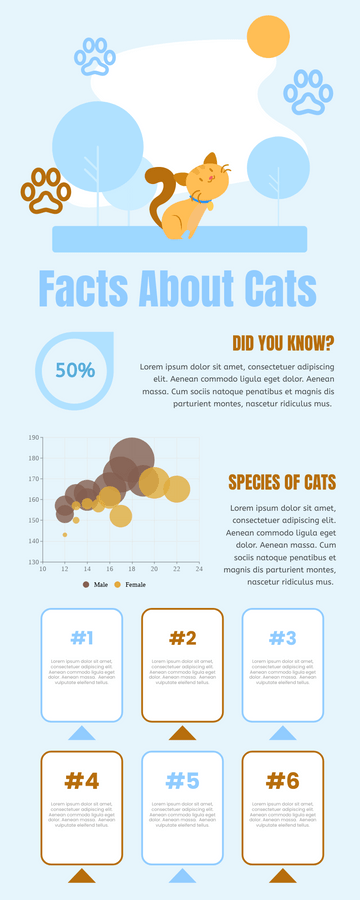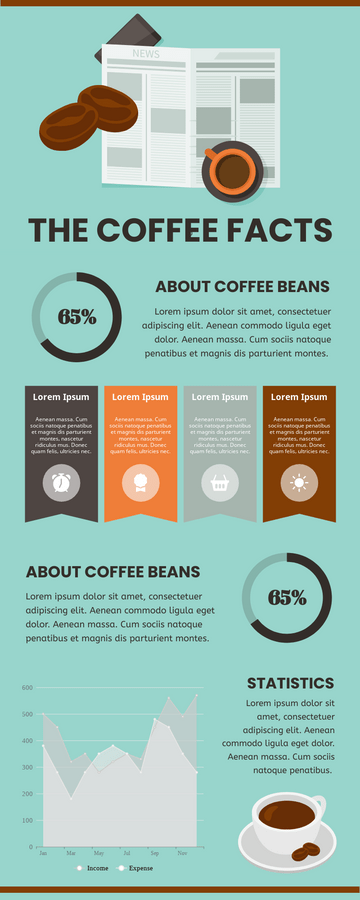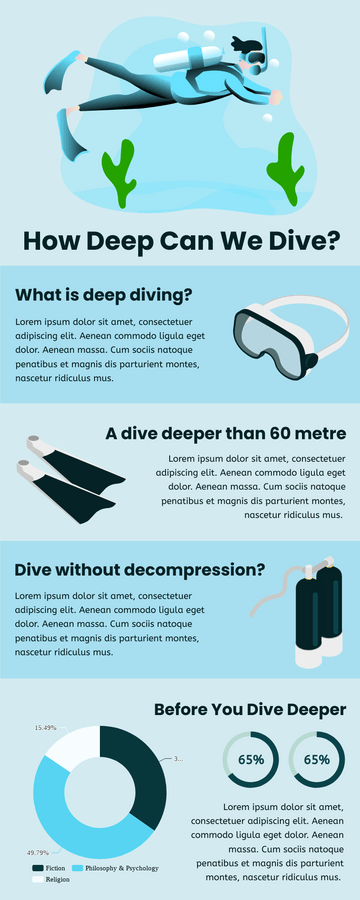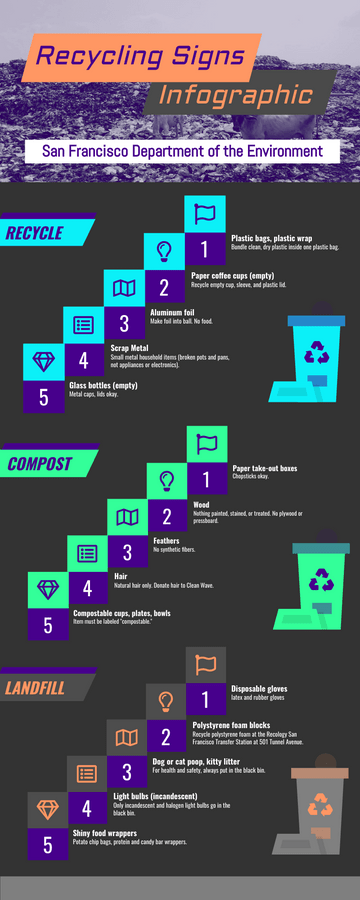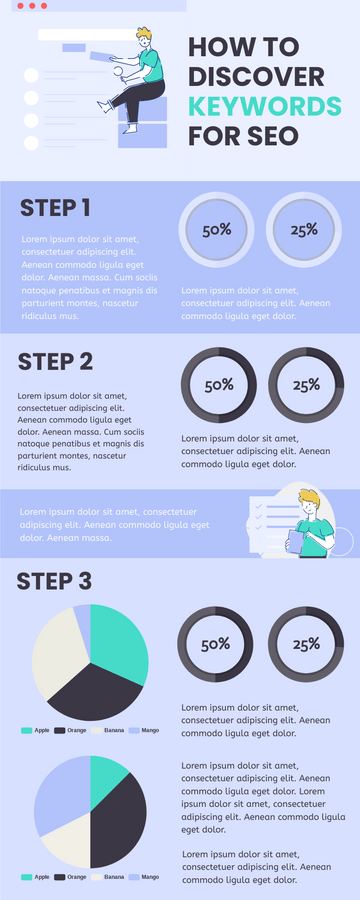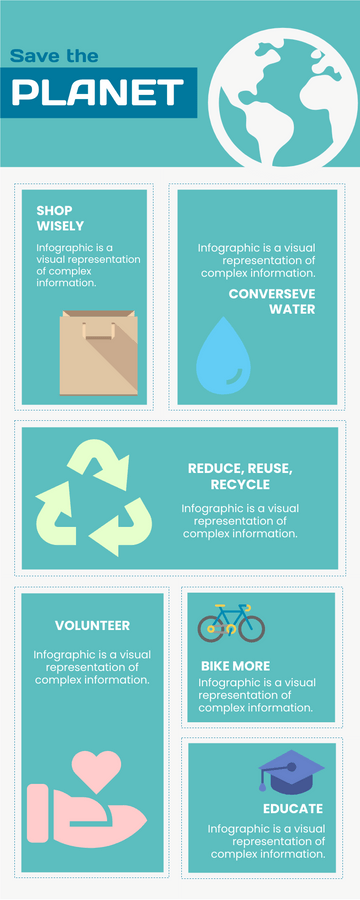Introduction Of Sharks Infographic
Sharks are believed to have existed in the Ocean for more than 400 million years – before the first dinosaurs on Earth lived. They exist in every ocean in the world, and some species also inhabit rivers. Sharks grow slowly, mature late and rarely reproduce over a long life cycle, making them particularly vulnerable to overfishing and recovering slowly from depletion.
Unfortunately, there are over 100 million of sharks disappear each year as a result of destructive human fishing and climate damage. They are at the top of the food chain and are essential for maintaining the balance of marine ecosystems.
Key Facts of Sharks
There are over 460 different sharks.
Sharks have good eyesight
Sharks kill about six people per year across the globe, while humans kill between 75 and 100 million sharks.
The largest shark in the world, the whale shark, can grow as long as 40 feet.
Sharks don't have bones -- they're made of cartilage (your ear is made of cartilage)
Great white sharks can detect one drop of blood in 5 km away
Over 100 million sharks are killed every year by humans
The age of a shark can be determined by counting the rings on its spine
Whale shark spot markings are as unique as fingerprints
Great white sharks eat 11 tons of food a year while the average human eats closer to half a ton of food each year.
Sharks mature slowly and reach reproductive age anywhere from 12 to 15 years.
Sharks have been swimming in the ocean for more than 400 million years.
